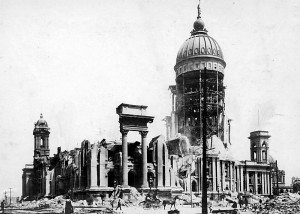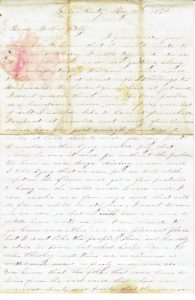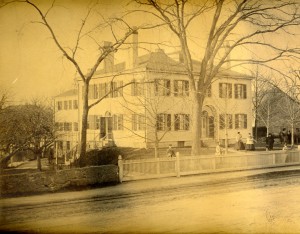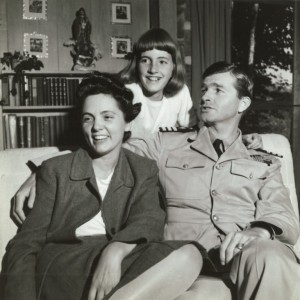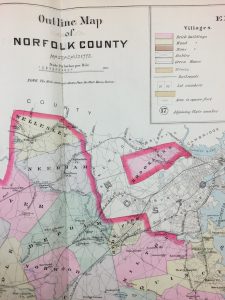At the beginning of 2017, Vita Brevis can boast 1,177,549 page views: while individual readers have surely read multiple articles on a given visit, that million+ reader count is still impressive!
 Vita Brevis reached its one-millionth page view on 7 July, some two-and-a-half years after the blog’s launch on 10 January 2014:
Vita Brevis reached its one-millionth page view on 7 July, some two-and-a-half years after the blog’s launch on 10 January 2014:
“And what do [its contributing authors] write about?
“We write about what interests us, as researchers, as professional genealogists, as editors, as archivists. Sometimes the topic is our own research interests; sometimes we offer tips from our experience as a beginning, an intermediate, or an expert researcher; and sometimes we describe an aspect of our work, here in Boston or elsewhere as part of an NEHGS education program. Continue reading 2016: the year in review concluded
